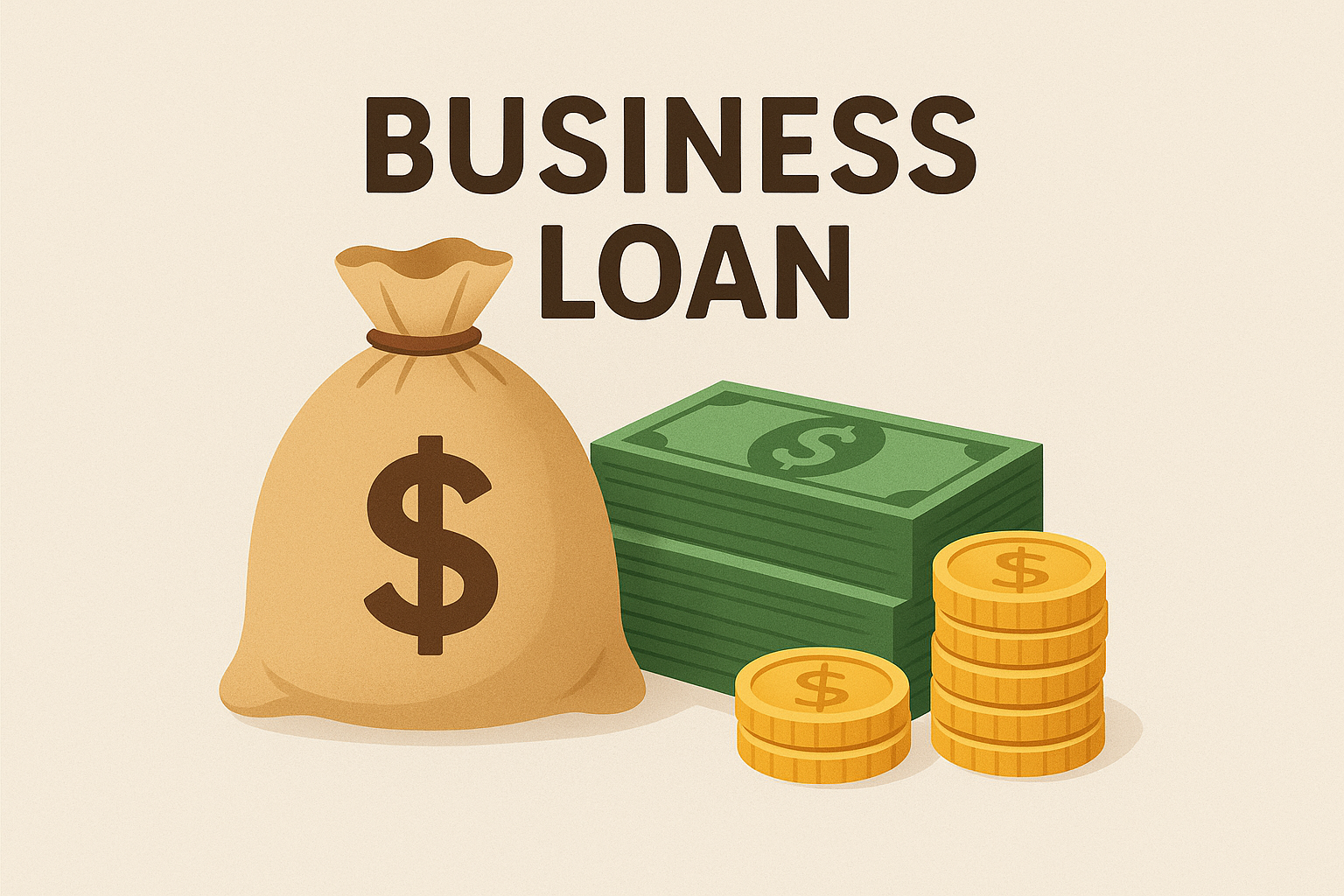A short term business loan provides quick access to capital for immediate financial needs, typically with repayment periods ranging from three to 24 months. It is designed to help businesses manage cash flow gaps, cover emergency expenses, or fund short-term projects without long-term debt commitments.
These loans are useful for business owners who need fast financing to keep operations running smoothly or seize timely opportunities. While they often come with higher interest rates, their speed and flexibility make them a practical solution for many small and medium-sized enterprises.
Understanding how short-term business loans work and when to use them can help businesses make informed decisions about managing their finances during periods of uncertainty or growth.
Understanding Short Term Business Loans
A Short term business loans provide quick access to funds with a repayment period usually under one year. They differ significantly in structure, purpose, and process compared to long-term financing. Key features include faster approval times, higher interest rates, and smaller borrowing limits.
Definition and Key Features
A short term business loan is a type of financing designed to be repaid within a few months to a year. It is primarily used to cover urgent cash flow needs or specific projects requiring immediate funding.
Key features include:
- Repayment Period: Typically ranges from 1 month to 12 months, sometimes up to 18 months.
- Faster Approval: Application and funding happen more quickly than long-term loans, often within days.
- Higher Cost: Interest rates and fees tend to be higher due to the shorter time frame and increased risk.
- Smaller Loan Amounts: Borrowers usually access smaller sums compared to long-term loans.
These features make short term loans suitable for bridging temporary cash gaps, covering emergency expenses, or capitalizing on timely business opportunities.
Types of Short Term Business Loans
Short term business loans come in several forms, each offering distinct benefits:
- Line of Credit: Flexible borrowing up to a credit limit with interest paid only on the amount used.
- Merchant Cash Advances: Advances based on future sales, repaid via daily credit card transactions.
- Invoice Financing: Borrowing against outstanding invoices to improve cash flow before payments arrive.
- Term Loans: Fixed amounts lent with set repayment schedules within a short timeframe.
Each type suits different business situations, from managing unpredictable cash flow to funding seasonal growth or unexpected expenses.
How Short Term Business Loans Work
Businesses apply for short term loans to address immediate funding needs. The application process is generally straightforward with fewer requirements than long-term loans.
Once approved, funds are typically disbursed quickly, sometimes within 24 to 72 hours. Repayment involves frequent installments—weekly or monthly—and interest is often calculated as a flat fee or based on an Annual Percentage Rate (APR), which can vary widely (3% to 150%).
Due to the rapid turnaround, lenders often focus on business revenue and cash flow rather than credit scores or collateral. Borrowers should carefully review the loan terms, including fees and repayment schedules, to ensure the loan aligns with their financial capacity.
Applying for a Short Term Business Loan
Short-term business loan applications require meeting specific criteria, submitting key documents, and navigating a straightforward approval process. Understanding these elements can help businesses prepare and improve their chances of quick funding.
Eligibility Criteria
Lenders typically require applicants to have a minimum time in business, often six months to one year. They will assess revenue history and the ability to repay within the shorter loan term, usually under 12 months.
Credit score requirements vary but tend to be more flexible than for long-term loans. However, higher scores increase approval chances. Some lenders also consider business cash flow, profitability, and existing debts.
Certain industries may face restrictions, so borrowers should confirm their sector qualifies. Overall, readiness includes stable operations and demonstrating clear plans for using the loan proceeds.
Required Documentation
Applicants must provide proof of business ownership, such as a business license or registration. Financial documents are essential—these typically include recent bank statements, tax returns (usually 1-3 years), and profit and loss statements.
Additional documents may include:
- Personal identification
- Business credit report
- Details of outstanding debts
- Collateral information, if applicable
Preparation of accurate, up-to-date paperwork speeds up processing. Some lenders allow online submission to simplify the application.
Loan Approval Process
Approval usually begins with an online or in-person application providing business and financial information. Lenders conduct underwriting by reviewing submitted documents and assessing risk based on revenue, creditworthiness, and loan purpose.
The streamlined process often leads to decisions within 24 to 72 hours. Once approved, terms and repayment schedules are discussed and agreed upon before funds are disbursed.
Borrowers should review interest rates, fees, and repayment terms carefully since short-term loans commonly have higher costs than long-term options. Prompt communication during this phase helps avoid delays.


Leave a Reply